Bed in a box mattress vs traditional mattress: which is better?
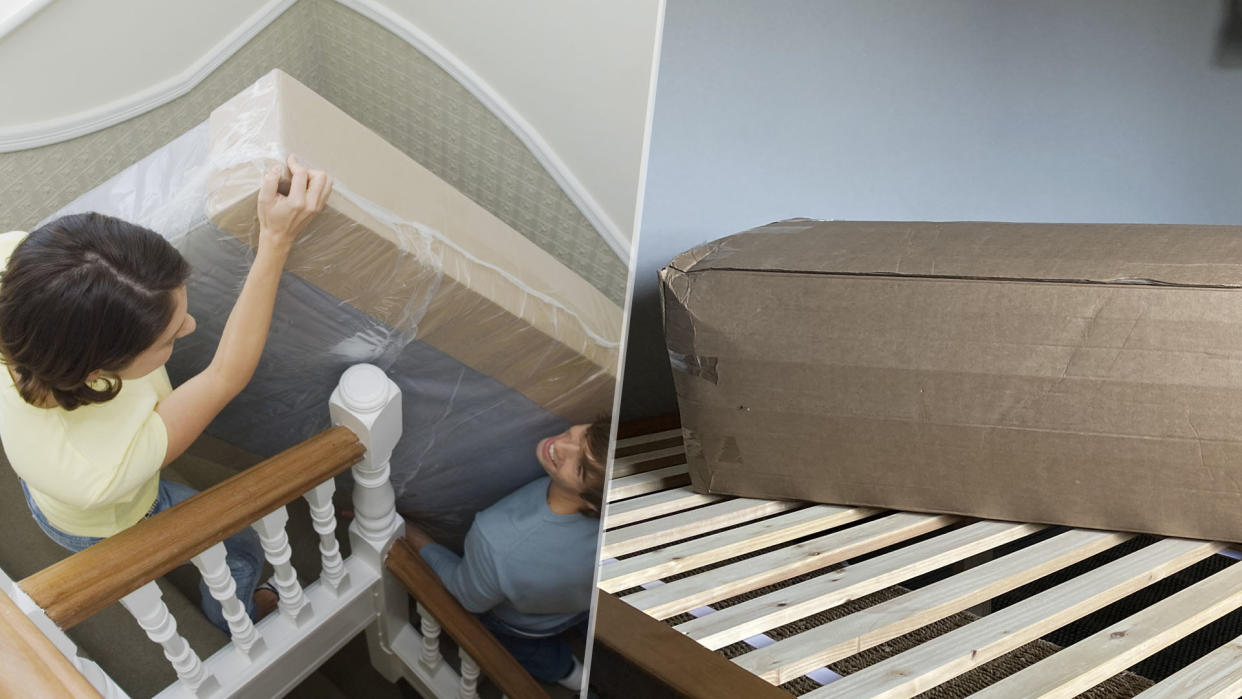
Trying to choose between a bed-in-a-box and a traditional mattress? We're here to help. This guide compares the two popular options and lays out the main pros and cons so you can pick the best mattress for your needs. We also spoke to a representative from a leading traditional mattress brand as well as one from a mattress-in-a-box brand, to get some insider insights.
So we're all on the same page, we'll start by defining exactly what we mean by those terms. A bed-in-a-box mattress (or just a mattress-in-a-box) is one that is vacuum-packed and rolled up before being shipped. A traditional mattress is one that is delivered flat. Most bed-in-a-box mattresses will arrive in a cardboard box, but some now just come in plastic packaging, while some traditional mattresses will have a box for protection, but we wouldn't consider them bed-in-a-box models unless they'd also been compressed.
When the initial bed-in-a-box boom happened, these were typically foam mattresses sold by brands that didn't have bricks-and-mortar stores, but instead sold online and gave customers a sleep trial they could use to try their purchase out. Now, the category is much broader (as you can see by the variety of models in our roundup of the best bed in a box mattresses). We're talking about general pros and cons here – specifics will vary from brand to brand.
Bed in a box vs traditional mattress: quality
Unsurprisingly, the question of which kind of mattress is better quality depends on who you ask. Traditional bed brands argue that vacuum-packing and rolling a mattress might damage it. That's the view of Byron Golub, Vice President of Product & Merchandising at Saatva, the traditional bed brand behind our #1 rated mattress (which you can read about in our Saatva Classic mattress review).
"Mattresses that are compressed, rolled up, and stuffed in a box are not going to offer the same long-lasting performance as a premium product delivered intact," he says. "When a mattress is compressed, folded, and rolled into a package, it can... break the foam, destroy the coils, reduce the lumbar support, and decrease the mattress' lifespan."
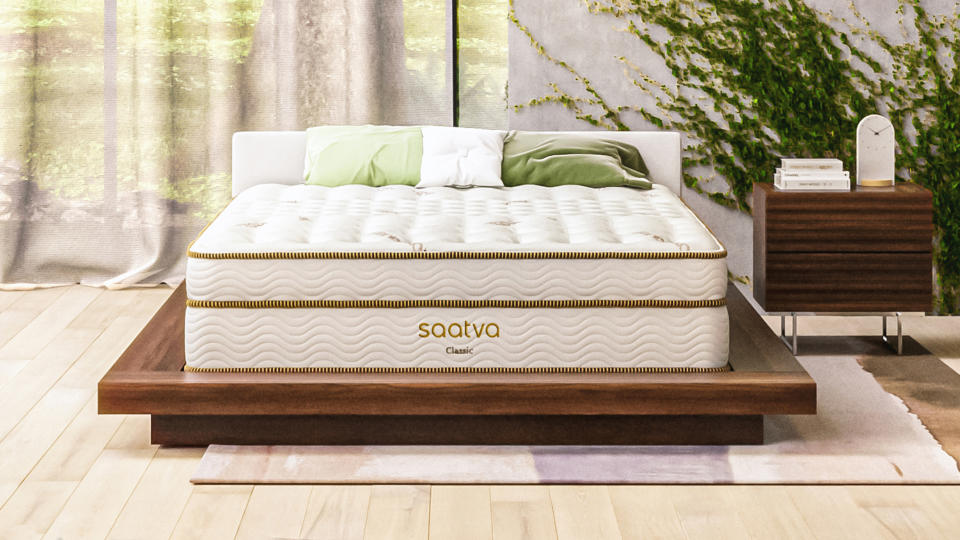
That's a somewhat dramatic view. We've tested plenty of bed-in-a-box mattresses, some for extended periods, and none of them appear any worse-for-wear as a result of the packing process. Once released from their wrappings and fully expanded, there's no visual difference between a bed-in-a-box mattress and one delivered flat, even under close scrutiny.
The boxed mattress representative we spoke to argued that the very fact that a mattress has withstood the compression process is a sign of a higher build quality. (Side note: this writer visited a bed-in-a-box mattress factory to observe the packaging process, and it did seem a little brutal, albeit impressive).

"Generally roll-packed beds have higher-density foams and higher quality raw materials in them, because there's a little bit of rigor that takes place when it's rolled and put in a box," says Tim Dilworth, Chief Operating Officer at bed-in-a-box company 3Z Brands. "If you're going to sort of a discount store down the street, they're able to sell those lower-end foam beds, if they're not roll packed, because they don't have to go through that strain."
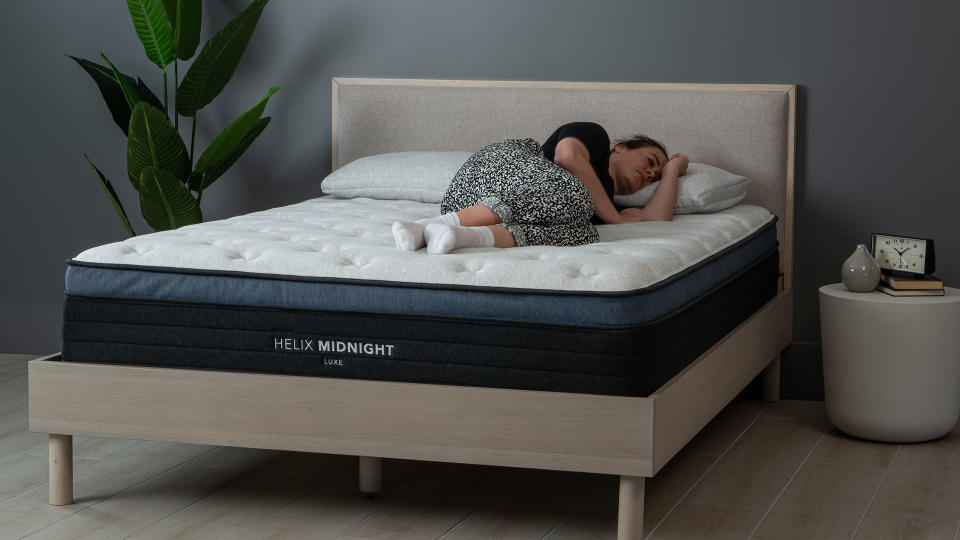
A decent mattress should last seven to 10 years. If it's needing to be replaced much sooner than that, it starts to become a false economy. We dig into this further in our article exploring 'are bed in a box mattresses good quality?'. But the short answer is that you can get very good quality bed-in-a-box mattresses, and very poor quality ones. Exactly the same is true for traditional mattresses.
Bed in a box vs traditional mattress: convenience
Convenience is where bed-in-a-box mattresses really shine. Compressing the mattress down makes it much easier to get through your home and into place on your bed frame – especially if you're dealing with elevators or narrow stairwells. If you don't have much maneuvering room, a traditional mattress might be ruled out altogether, in particular if you're going for a large size or thick profile.
There are some caveats here. Don't expect just because your bed-in-a-box mattress is smaller, it's going to be lighter, too. That is not the case. Moving a boxed mattress is very often going to be a two-person job. And some traditional bed brands offer white glove delivery, to remove any potential inconvenience. Saatva includes this for free, as standard.
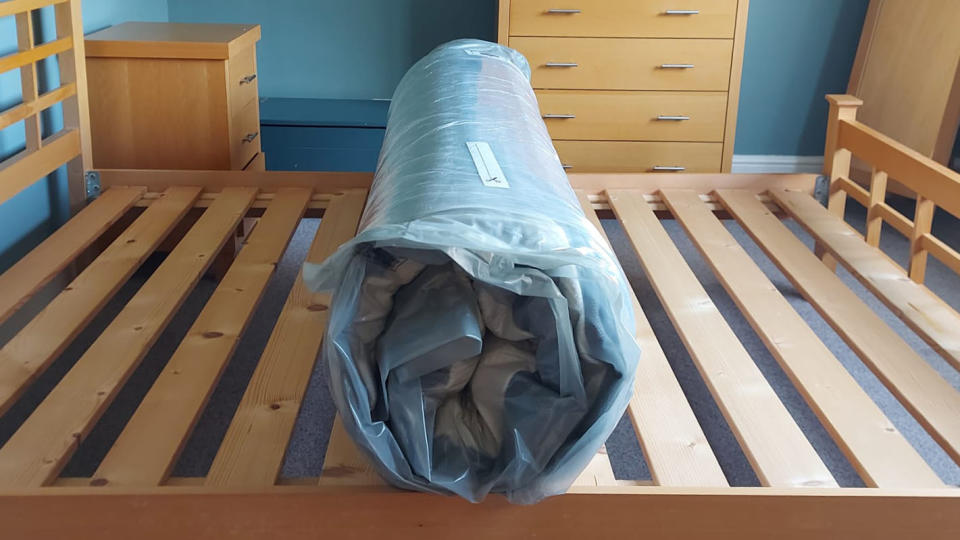
Bed in a box vs traditional mattress: design
All kinds of mattresses can be vacuum-packed and rolled, including hybrids, organic mattresses and pillow-top beds. Some of our best luxury mattress picks are bed-in-a-box models. But the process isn't suitable for every kind of mattress. Very thick models might not be suitable for compression – the premium range from Purple is delivered flat, for instance.
You might also find slightly different materials used in bed-in-a-box mattresses versus traditional mattresses. For example, compressed mattresses may use higher-gauge (i.e. thinner) coils. These are less durable than lower-gauge (thicker) coils, but they're also bouncier and more flexible, which is a benefit for some mattress styles and sleep preferences.
Foams are easy to compress, but here, too, there are potential issues. Tim concedes that if a mattress is left compressed in its box for too long (say more than three months), there is a danger that it won't fully expand when it is finally released from its wrappings. Good boxed mattress brands will ensure their beds don't stay packed up too long – 3Z Brands makes its mattresses to order, to avoid this issue.
Bed in a box vs traditional mattress: speed
Because boxed mattresses can be more easily stored at a warehouse, you might find that they tend to come with shorter shipping times (although not always). However, once the mattress is in your bedroom, you might need to factor in decompression time.
This can be as quick as a few hours, or if can take much longer – some boxed mattress brands warn it can take up to 72 hours for a mattress to reach its final shape. (A slow decompression can be a sign that a mattress has been in its box a long time, which the best boxed mattress companies tend to avoid.)
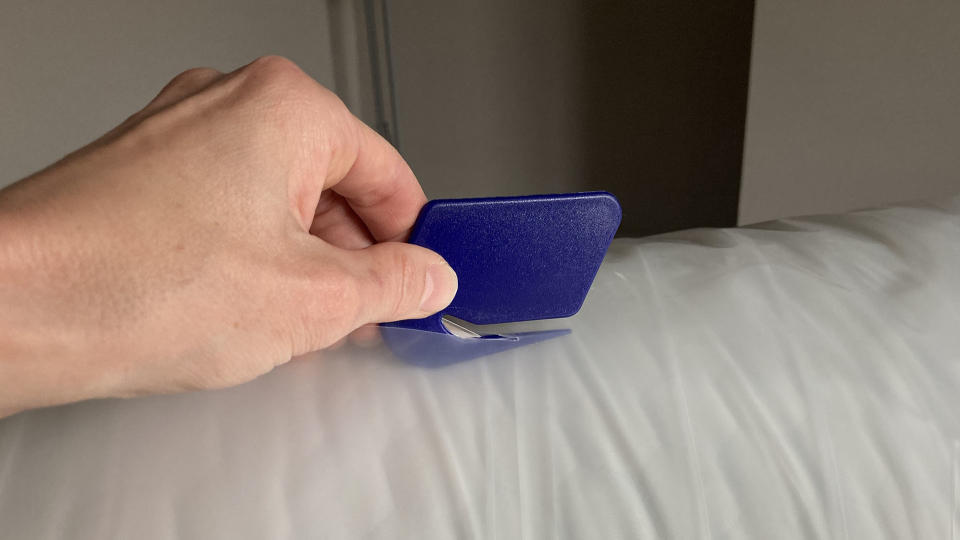
You might also experience some mattress off-gassing with a boxed bed. This is when there's an odor released from a mattress when it is cut out of its wrappings. It's harmless but can linger and be unpleasant, and it might mean you don't want to sleep on your mattress on the first night.
Traditional mattresses can be slept on as soon as quickly as it takes you to make the bed, and you're unlikely to experience any off-gassing.
Bed in a box vs traditional mattress: price
The bed-in-a-box market is a good place to look for a budget-friendly mattress. Typically these mattresses skew a bit cheaper, while more expensive mattresses are often delivered flat.
That's not a hard-and-fast rule though. The mattress-in-a-box phenomenon was originally associated with cheap beds, but nowadays the category is far broader. Most of today's best cheap mattresses are boxed, but not all boxed mattresses are cheap.
You will often get better value for money with a mattress-in-a-box, because most of these brands don't have the overheads of bricks-and-mortar stores. They can operate in a lean way, and charge lower prices as a result.

